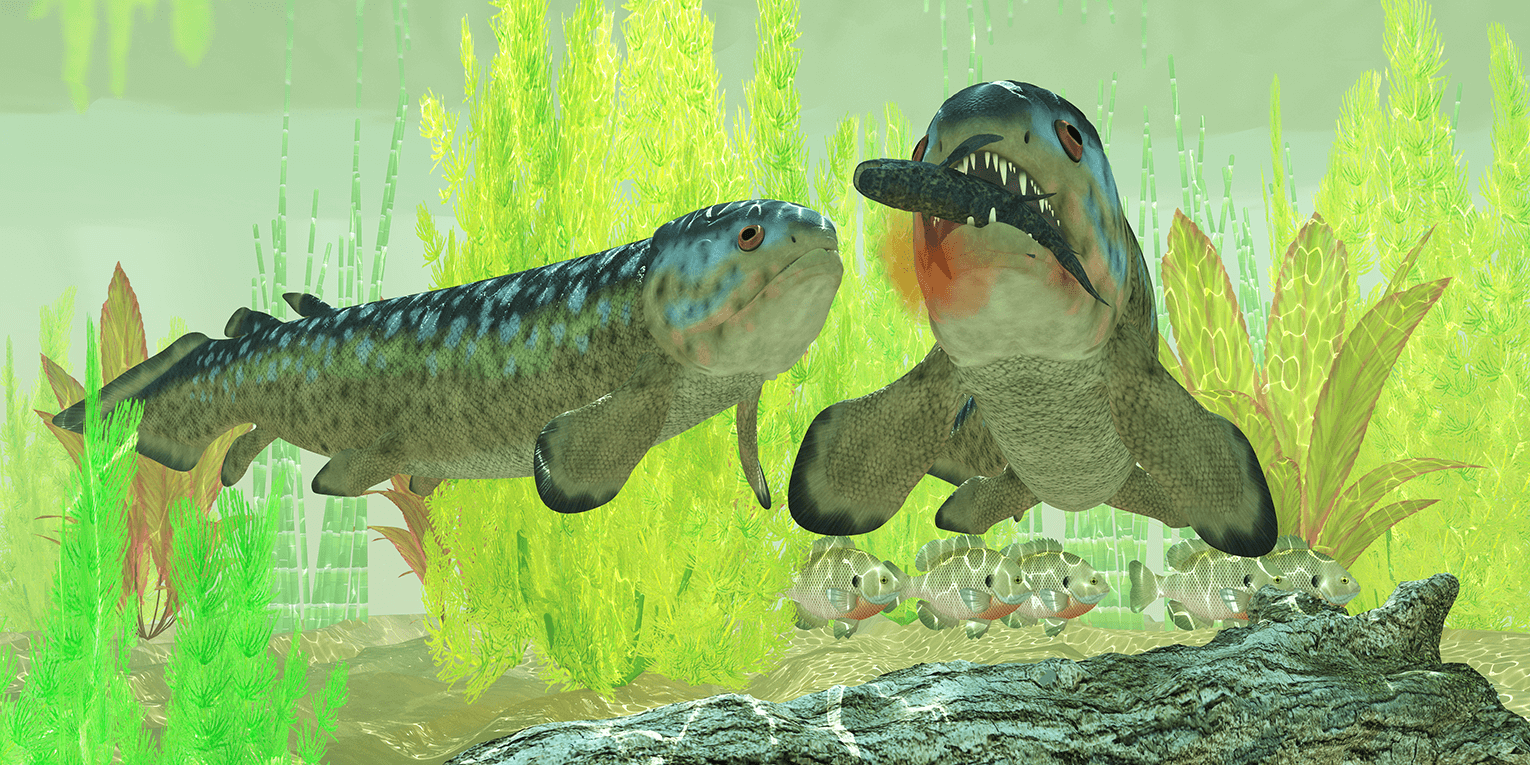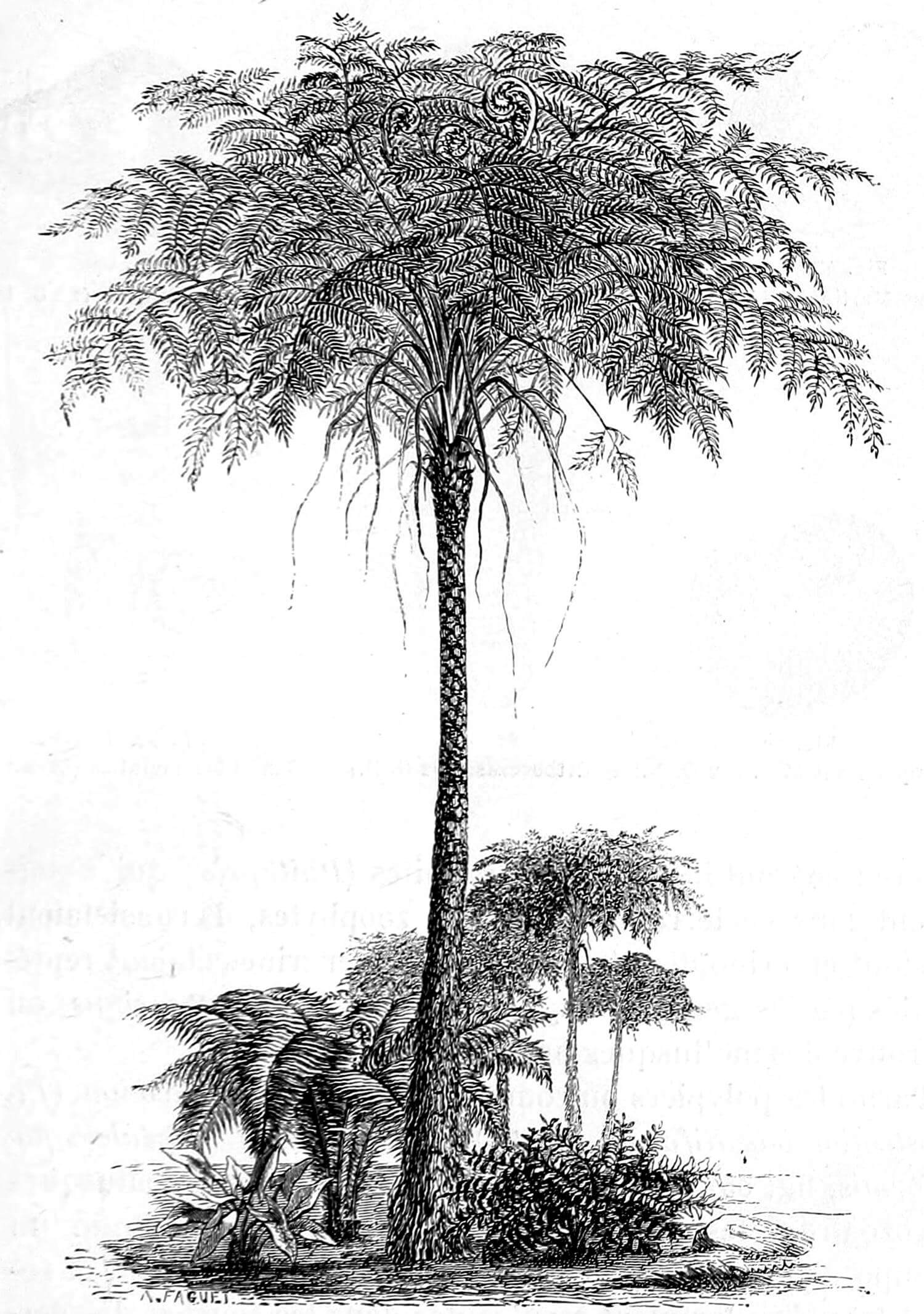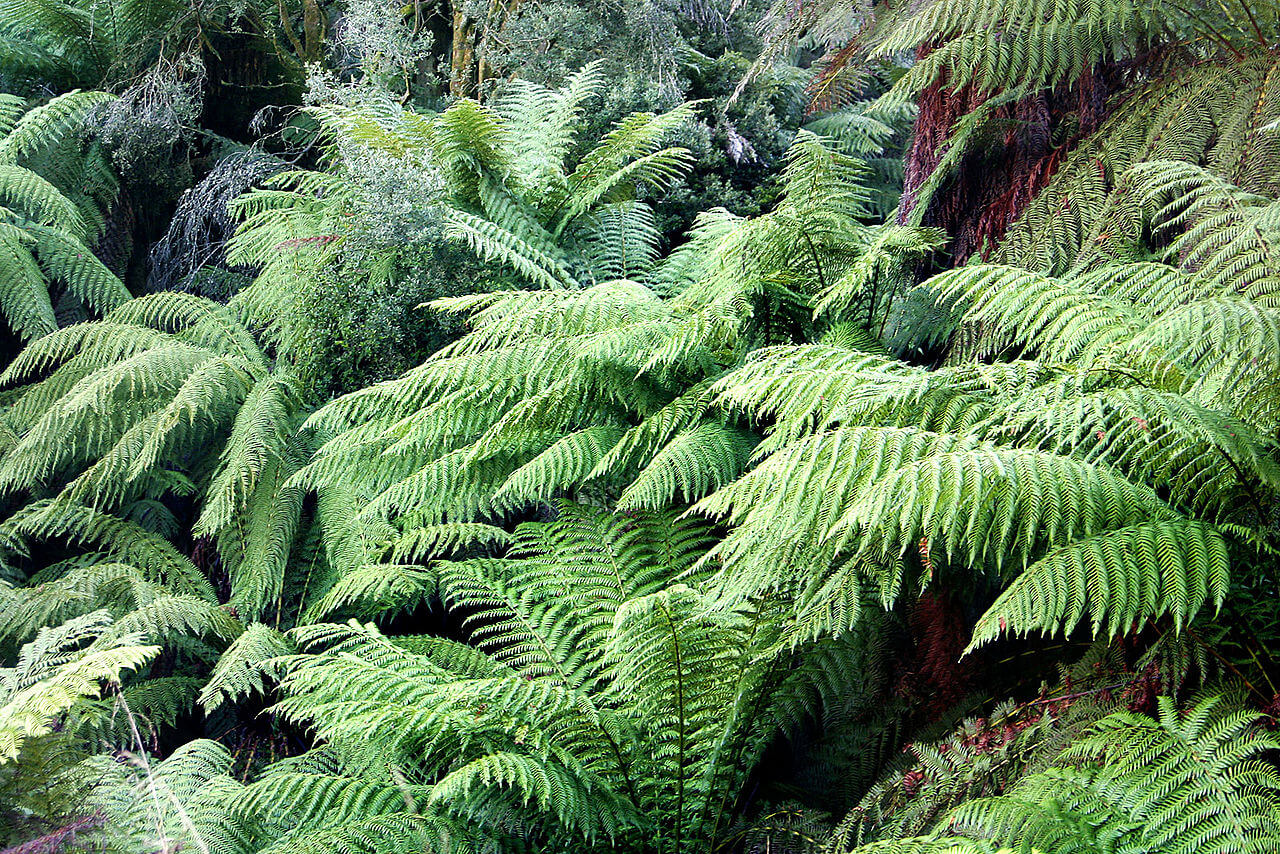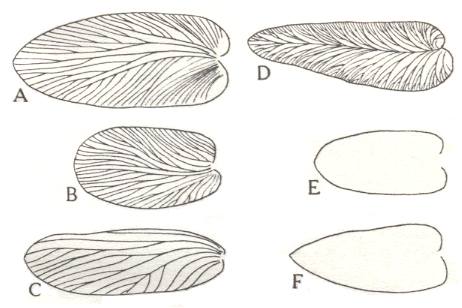Giant steps
If you could travel back in time to the Carboniferous you would recognize many of the animals, but you would also see big differences. You would of course note all the enormous insects, scorpions and myriapods that do not exist today.
The warm and damp environment with extensive swampy forests was ideal for amphibians. Up to several metres long, they were among the largest and most numerous of the Carboniferous vertebrates. It was something that cannot be seen today.
Another major difference was that all the amphibians and reptiles were predators. Today, plant-eaters predominate on land.
You would also be surprised if you investigated the muddy water of the swamps. Swimming in it were gigantic fish like the Rhizodus, the top predator. You can see a fossilized tooth of such a fish beside you.

Rhizodus fish catches an amphibian.
Carboniferous fossils

The tree fern Psaronius.
Beneath the German city of Chemnitz are the remains of a Carboniferous forest, preserved in the ash of a volcanic eruption. Specimens of the tree fern Psaronius are especially well preserved, and fossils indicate that an entire ecosystem was linked to that species.
Other ferns climbed up the 10 metre high trunk of Psaronius. Other tree fern species and smaller plants grew among its aerial roots. Scientists have even found the fossilized excrement of tiny mites which lived on decaying plant debris among the aerial roots.
Damage to the fossilized leaves indicates that other tiny animals ate the green parts of living plants. There are also fossil traces of several large animals, including reptiles, scorpions and a giant myriapod.
Exactly the same sort of ecosystem, but with different species, can be found today around tree ferns in Australia. One such tree fern is Dicksonia.

Dicksonia, modern australian tree fern.
Photo: Flagstaffotos
Camouflage
The use of camouflage to avoid being eaten is a common survival strategy among modern animals. But it is a strategy that is over 300 million years old! Fossil discoveries indicate that some insects were already using it during the Carboniferous.
The wings of various flying insects were formed like the leaves of certain plants. These adaptations indicate that certain insects had begun to specialize on certain plants.

A, B and C are Carboniferous insect wings, very similar to D, E and F, leaves from various plants of that period.

